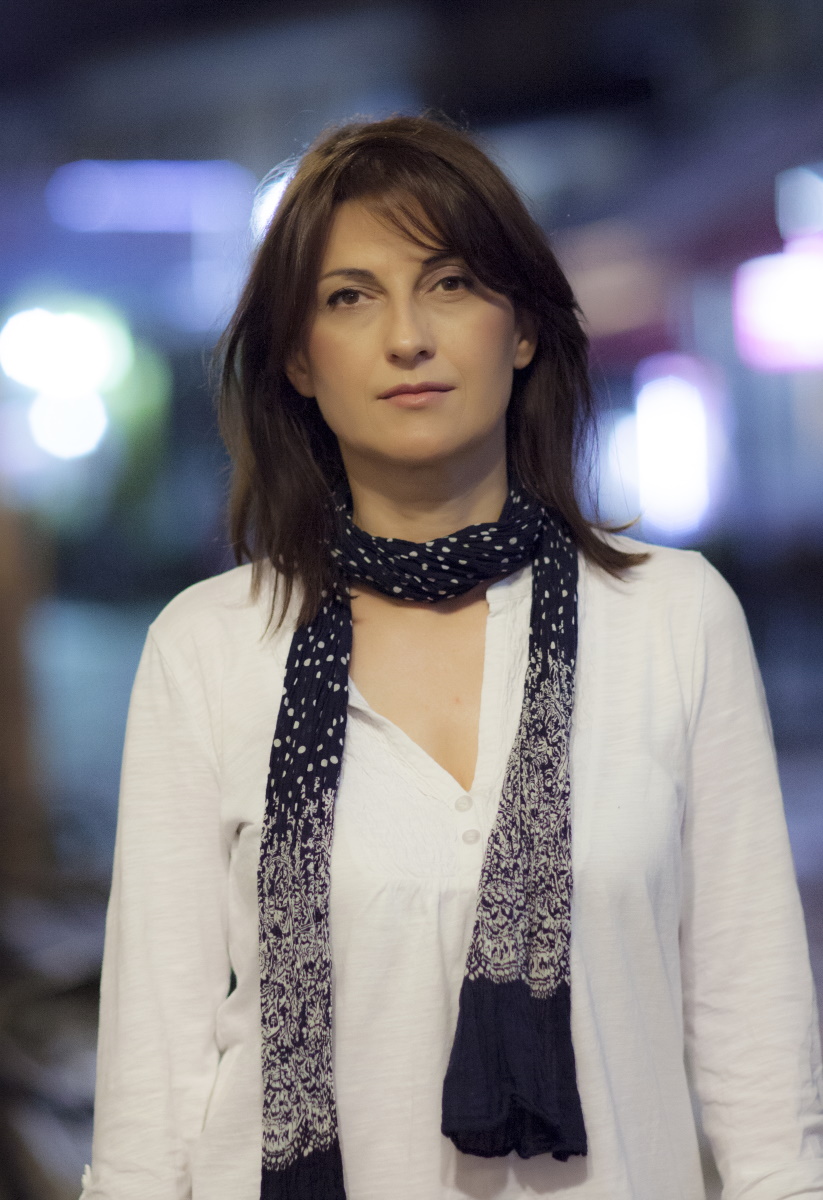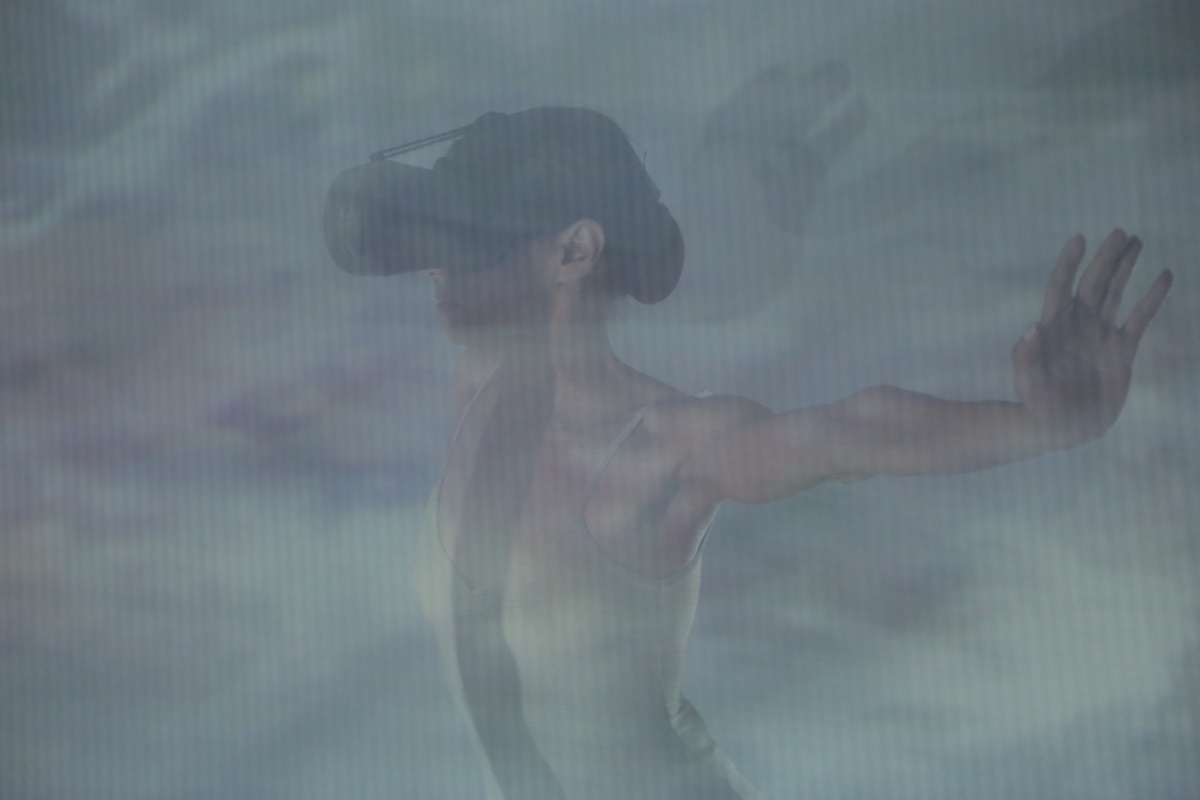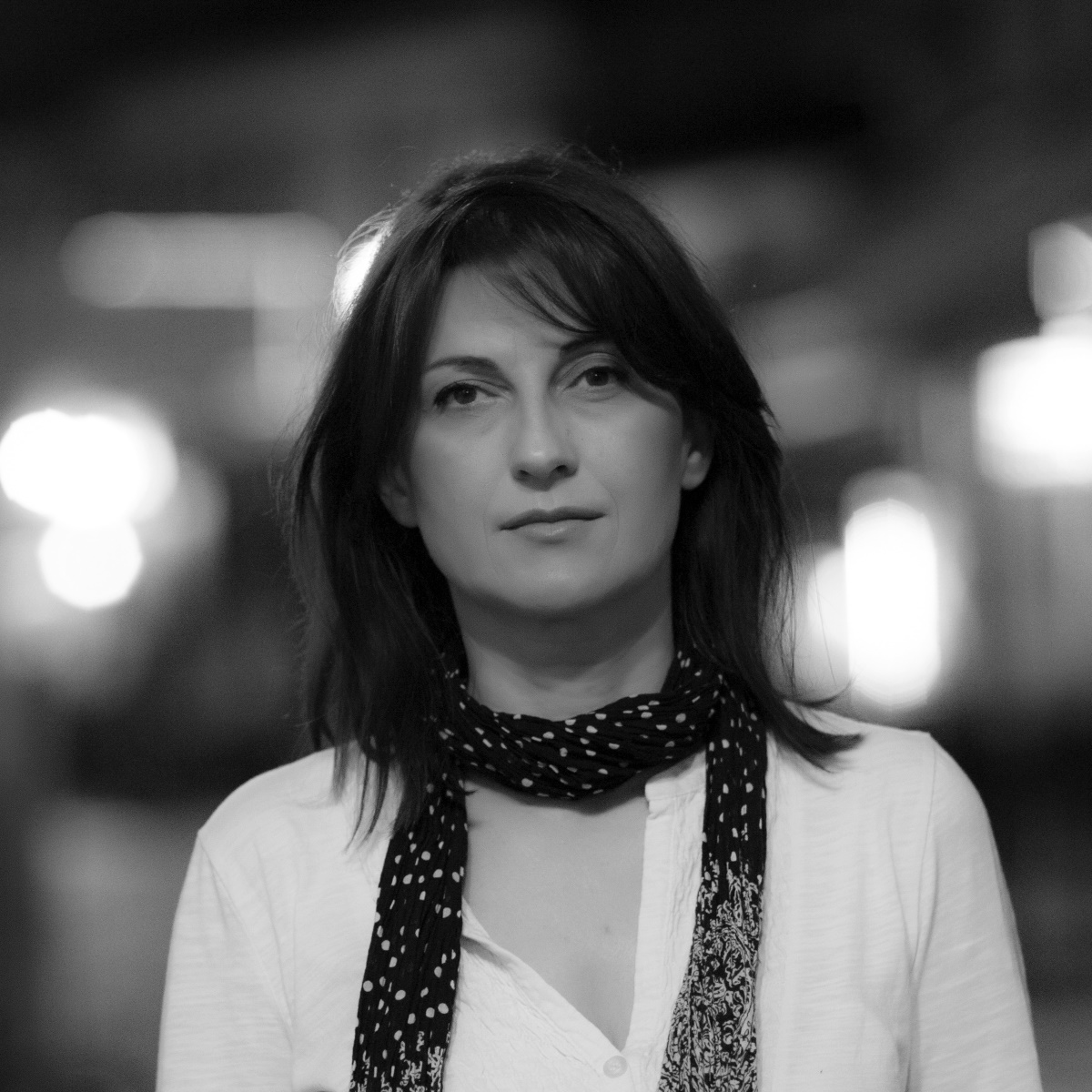



MEMORABILIA, Tanja Bala, 2019
An appeal is made to activity at the precise moment when perception gives rise to imitative movements which scan it, as it were, automatically. A sketch is thereby furnished to us, of which we recreate the details and the coloring by projecting into it memories more or less remote.
— Henry Bergson, Matter and Memory
To whom does the image belong to? Does it genealogically belong to the history of existence, does it belong to the final discourse that preserved its own shapes immortalizing them through balancing distortion or is it extracted from our memories and moved to a collective similarity characteristic of the passage of time that inevitably forces us to remember… certain places we have never known. In her creative circle Tanja Bala
thematizes several essential issues that relate to contemporary expression, with strongly intertwined critical thought toward symbolic freedom and the fluctuation of the individual within societal contours, their memory and perceptive innateness for self-recognition in the hypothetical cognitive space of existence. Setting the potentials of the artistic proposition, the reception and the perception of the artistic work on a higher analytical level, she reexamines the possibilities of the aesthetical, inserting unique rhetorical points, which refer, above all, to the perception of the work, semiotically woven through disseminated narrative points in an aesthetic whole. The visual diagram points to an innate approach toward the artwork and to studying it within its framework, but the same does not, however, unconditionally refer to its pre-contextual connotation. Turning inward, self-exploration in and through the artistic process, point to the necessity of one being enclosed in one’s own world, filled with memory, but, as a matter of fact, the work with its apparent hermeneutics, emerges as a reflection of the collective context. The contextual displacement of the artwork from the poetic world of the author (poiesis)1 into the new post-media artistic and heterogeneous cultural discourse of contemporary practices (catharsis)2, paints complexly stratified dynamic relations in which the extension of the idea is aimed at clean rhetorical suggestions (aesthesis). ‘[Vidocq’s] unification of the very beginning of photography with its contemporary, digital life exemplifies trajectory that photography (and cinema) has taken, culminating in a unifying aesthetic of what many call convergence’.3
The author sets free the subject of her images, inside the cube where the individual has more freedom than in the open world, a world in which freedom was innate. Through the process of captivating – she clearly draws the contours of her own trajectory, a path of symbolic freedom and existence, intonating the omnipresence contained in the imaginative world of freedom. By way of extracting matter from her own past, penetrating archives of layers present in her own print through history of the abstract and figurative painting, Bala uses esthetic synthesis of several media procedures – performance, panting and textual collaging on an optical object (cube) – to illuminate presence and revive the subject of her imagination. The subject’s static painting infiltration is remembered in pictorial presentations and it engages in dialogue with the author’s societal world, being superposed through an invisible exposition and ‘transformation of the body’s signs into a text’4. The gesticulated animated moment of separation of the image plane, the sharing of the self-representation in an open set of circumstances, unexpected style transformations, expansion of the basic components in a multifaceted medium are tensely intensified with accelerated rhythmic introduction of “sound” vibrations and visual promises. ‘Perhaps most significant for us, the event is not necessarily tied to a particular instant or act. This is the result of an insertion of the corporeal into the event . . . We might say that the subject does not invoke the event but that the event invokes the subject’5 and the performative is itself widely separated from the processual in a given moment, it implicitly changes its (time-image) course or path. The open concept of uncertain theatrics, the rhetorical hints, surprising pauses, only confirm the impatience of the individual engaging in unfamiliar encounters on their artistic journey. The subject (the author and her imagined projection) is in search of her own world, i.e. in search of a place known solely to her – the place of “captivity”. The cube unravels its pragmatic nature, a comfortable place for self-cognition, a place where individual contemplation and processuality of the absolute imaginative is guaranteed. From Bergson’s point of view: ‘every attentive perception truly involves a reflection . . . an “afterimage” . . . with memories following immediately upon the perception of which they are but the echo’ so that ‘any memory-image that is capable of interpreting our actual perception inserts itself so thoroughly into it that we are no longer able to discern what is perception and what is memory’6. In this revealing esthetic experience in the video-project “Memorabilia” we are able to notice the intertwining of past and present, awakening of our perception ‘that draws on the past to contribute towards present action’.7 The sharp edges of the shape on which painting matter is being reflected upon, position the subject in a societal reality where they become an object of possession. Once exempt from the artistic world, itself a place where unlimited experiences are revealed, the subject experiences their most radical transformation – as a prosthesis of society. The physicality of the object tired of insecurity is once again revealed through the discursive state of equality, equation, disintegrating its mystical and unequivocal presence into countless particles. Therefore, this work brings us to the question: Is art a thing to be survived or is it a place of final oblivion and freedom? Sources of memory woven into Edmond Husserl’s thought: ‘Every act of memory contains intentions of expectation whose fulfillment leads to the present. Every primordial constitutive process is animated by protentions which voidly constitute and intercept what is coming, in order to bring it to fulfillment’8, suggestively allow us to watch the temporal moment contained in the very field of fantasy that reveals unexpected ways of contemplating the actual moment in these performative spells.
‘The subject in the cube’ unlocks its own existence in time through unknown remembrances, in the rendered (semiotic) artistic projection there is a rendezvous place in a new temporal and spatial dimension, the void of which is filled with the unknown.
The project represents double subjectivation, a nexus between the author’s determinations to reflect in post-digital medium assemblage, as well as the unspecified sign inscriptions by the animated subject in a constructed artistic context. The double uncertain rhetoricity by the subjects marks this concept as an open work, qualitatively disentangled enough for further assumptions and open suggestions, which confirms the multilayered complexity and narrative scope, as well as the clear visualization of the idea and its readability. The project is filled with connotational content related on the semantic level, among which – lingual symbolism and weathered signage, thus providing a wide interpretation scope. The project has its own temporal predecessor – a continuum of transformations of the expression forms and an upgrade of the previous extensive range of the artistic language of the author that synthetizes a large part of the creational imagination – they are necessary in order to develop a new personal manuscript of contemplation and articulation. ‘The link to the past is never broken because the past is qualitatively distinct from the present, its quality is never effaced and when expressed in the present it is as part of the virtual-actual relationship cemented at origin.’9 Hence the originality of crucial discursive phenomena is innately built into this project. The empirical provocation of different media possibilities confirm the relentless artistic nature of exploration, the search for the ideal world to bring to life the author’s ideas and concepts, following the impetus for improvement and a gateway to a subtly built world of open possibilities, with which the newly formed artistic context attains aural closure. The selection of constitutional elements that shape the visual expression are relations continually problematized in the creative process, openness and captivity (contextuality), memory and matter (essence), perception and reception (esthetics), add to the content and further develop the basic fable of this narrative. The morphological template of the thinking processes, successive in the creative process, shape the externality of the esthetic effect of this work of art. Namely, the structural relationship of the elements – the visual sign coding, the sound narration – coalesce to generate the artistic product, with their complementarity itself leaving a strong sensory impression. The fact that the form of the work is a constitutional element, as much as its content is equally formal and constitutional, is of crucial importance, and this is what makes this project being experienced in its entirety.
Natali Raj
inovska Pavleska













